Reaching The Millennials: Mobile Marketing Trends And Techniques
The average American spends at least five hours per day on their smartphone. So, why is it so hard to make mobile ads work? Marketers toil over clicks and conversions on highly targeted ads, but users, tired of intrusive banners, keep installing ad blockers. With $100 billion in annual mobile ad spend at stake, someone has to figure out a way to fix this disconnect.
The good news is that the latest mobile trends show promise that publishers and advertisers are getting smarter about the user experience. Google is working to recapture lost attention with a crackdown on mobile pop-ups, and marketers are easing off of aggressive acquisition strategies to focus on retention. While some digital trends such as immersive VR and AR ads will take years to collect sizeable audiences, others, like mobile wallets and chatbots, are already powering millions of daily brand-consumer interactions on mobile. In this article, we’ll look at some of the biggest trends in mobile marketing.
Mobile Merges Digital And Offline Experiences
Mobile payments at physical points of sale are growing in the US, with over $314 billion in payments expected by 2020. But the revenue from these purchases represents just a fraction of the value marketers will get from collecting transactional data.
Retailers can now funnel data from cashless mobile transactions to CRM and personalize experience for each shopper based on their purchase history, location and time. Starbucks, for example, collects information about its loyal customers through its branded mobile wallet app: where they are, what drinks they purchase or the type of music they listen to (you can build a playlist within the app). The Sephora to Go app recommends new products based on the user’s purchase history and pushes a notification to their phone or smart watch whenever the user is around their store.


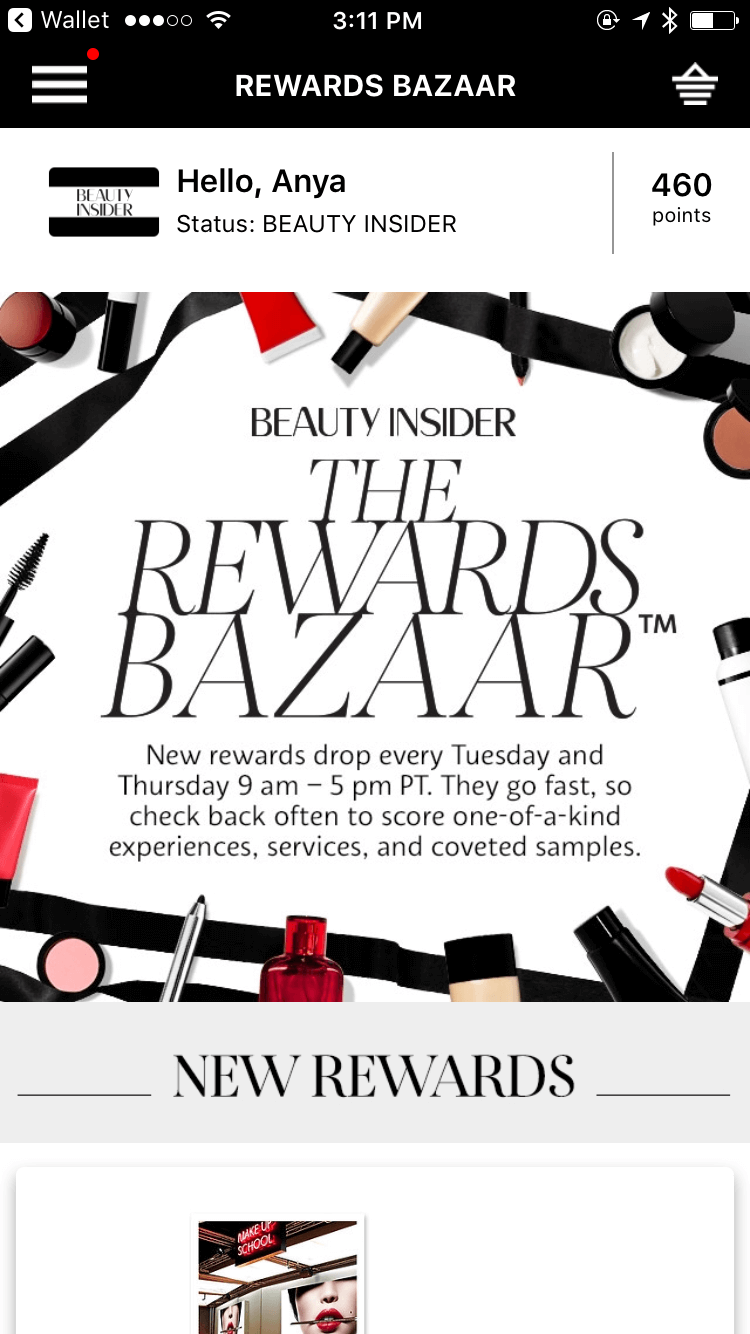

What’s in it for shoppers (or those millennial shoppers who still somehow frequent bricks-and-mortar stores)? Many enjoy the frictionless experience of proximity payments: faster than most EMV chip cards, easier and more secure than carrying a physical wallet. Modern point-of-sale terminals accept Android Pay, Apple Pay and, most recently, even Selfie Pay, a service by Visa in partnership with BMO that verifies a user’s identity using biometrics and, specifically, a user’s selfie. And unlike most social media selfies, mobile payment data is protected with a technology called tokenization; all marketing messages require prior affirmative consent from consumers, or “opt-in.”
Shorter Videos To Drive Performance Marketing
More than half of all YouTube views come from mobile devices. That’s amazing, considering how long it took to buffer videos on mobile just a few years ago. The average download speed on mobile is now over 19.27 Mbps, a 30% year-over-year improvement. Thanks to technology enhancements, advertisers can now push more interactive digital content to shoppers on the go. Obviously, people interact with content differently on mobile, so marketers trim videos and add text overlays for users who don’t have headphones at hand in a public space.
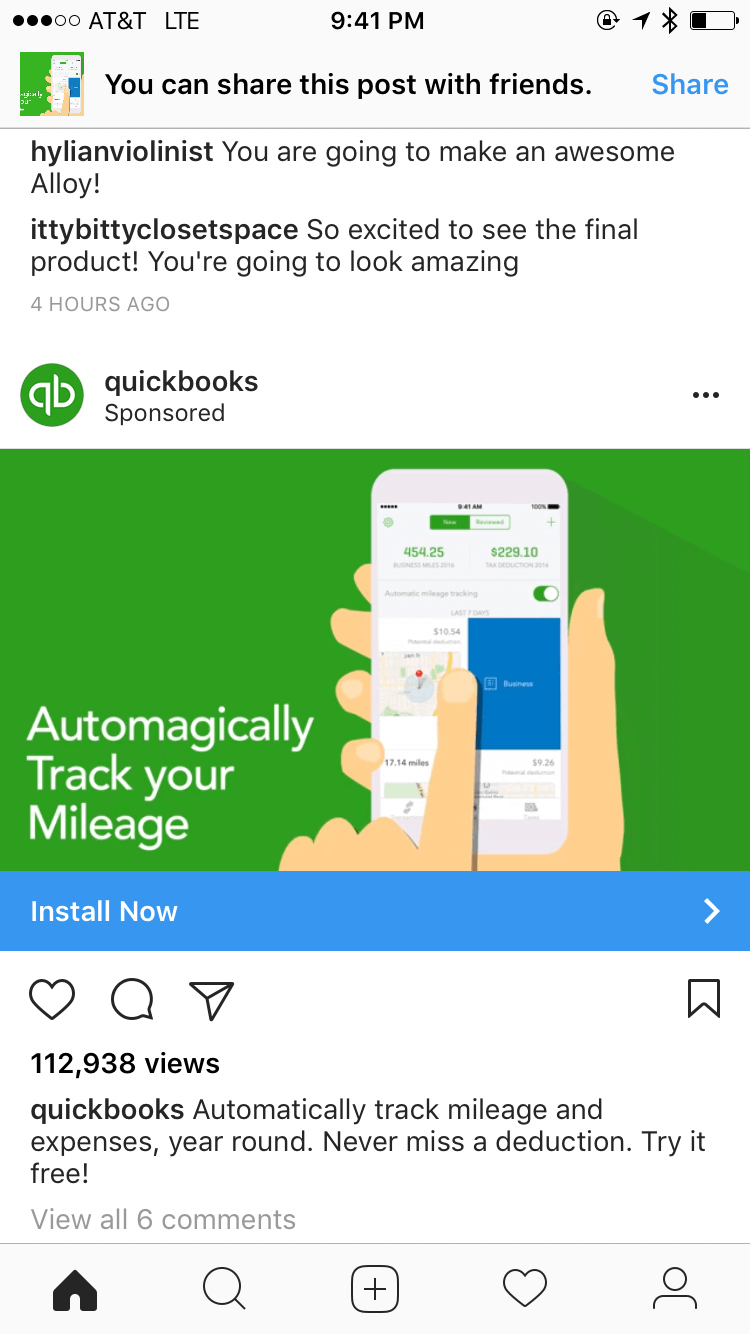

Mobile, social and video forge a powerful combo for marketing ROI, which has now also become easier to track. Video ads are engaging: 80% of users recall a video ad they viewed in the past 30 days. Video accommodates native publisher formats, with multiple options for mobile placement — pre-, mid- and post-roll ads, interstitials in apps, video banners, etc. Marketers can now measure video ROI not just through brand awareness, but with more tangible performance metrics — and even offline. For example, Google’s most recent ad product offering captures data on how video ads are driving foot traffic into physical stores.
One-On-One Conversations With Brands Through Chatbots
Conversation sets the foundation for sales and good customer service — just think of your local mom-and-pop store. Chatbots scale these one-on-one interactions to cater to millions of consumers via text messages. Whole Foods, for example, has a Facebook bot that assists shoppers with recipe suggestions.
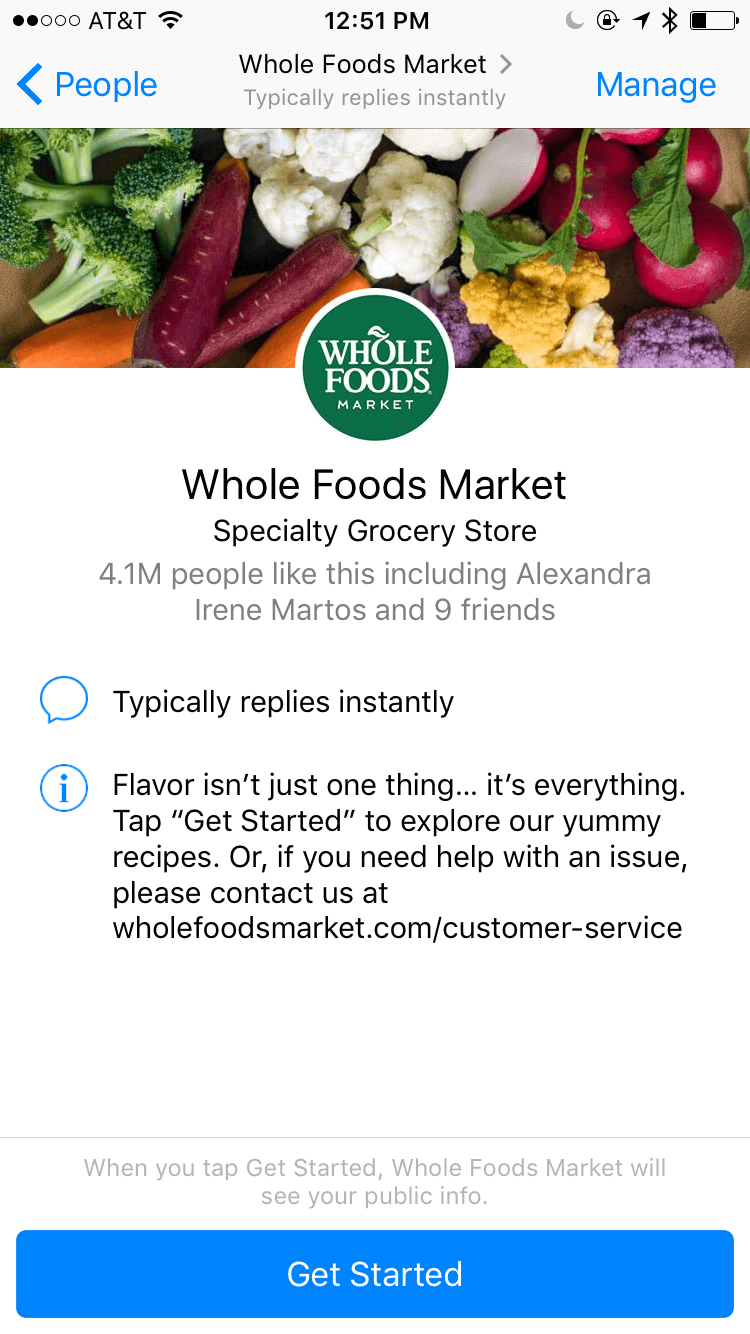

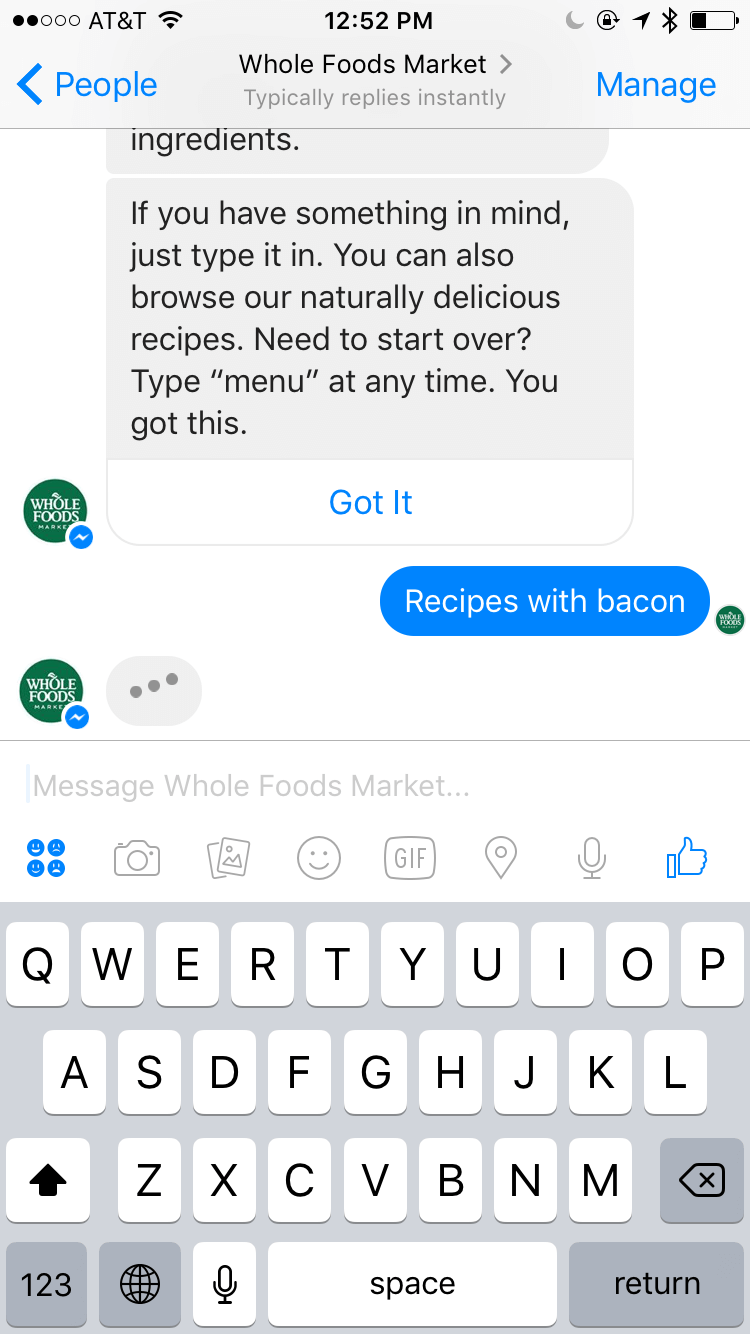
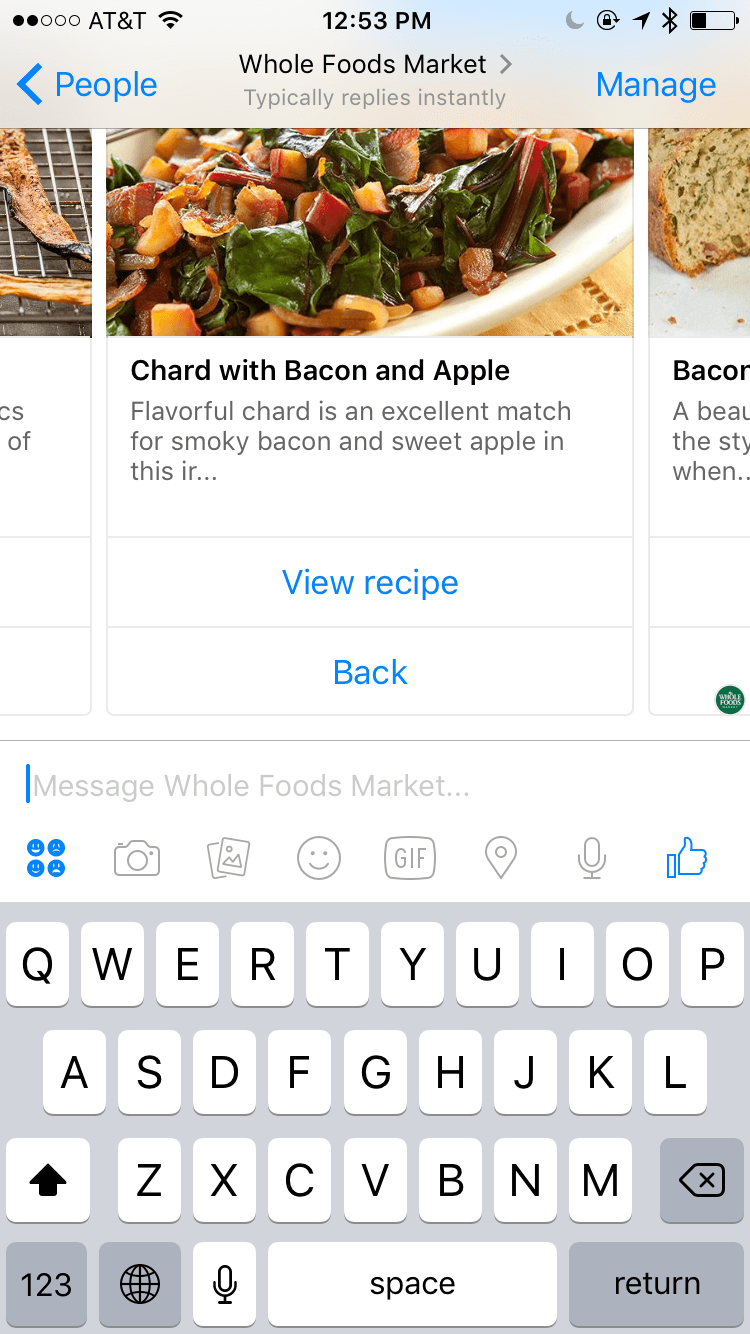
Similarly, Burger King and Pizza Hut customers can order food directly through Facebook Messenger and Twitter bots. But chatbots don’t just replace salespeople to speed up customer orders. The wealth of data that these chatbots have about a particular Facebook user allows brands to learn about that user’s preferences and to personalize communications accordingly. Deep machine-learning algorithms will improve bots over time, giving them a competitive edge over any local shop assistant in predicting consumer behavior. Brands will upsell and cross-sell products and services directly in a shopper’s inbox — right next to their friends’ messages.
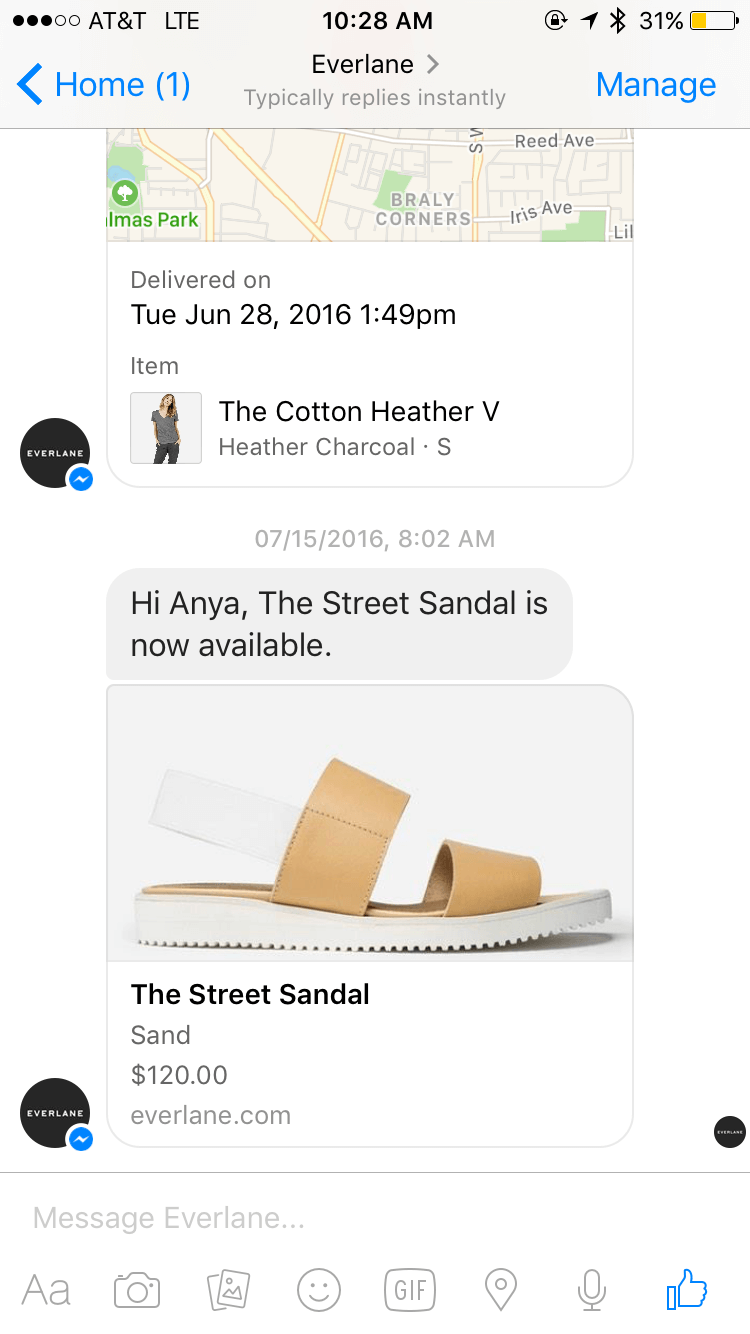
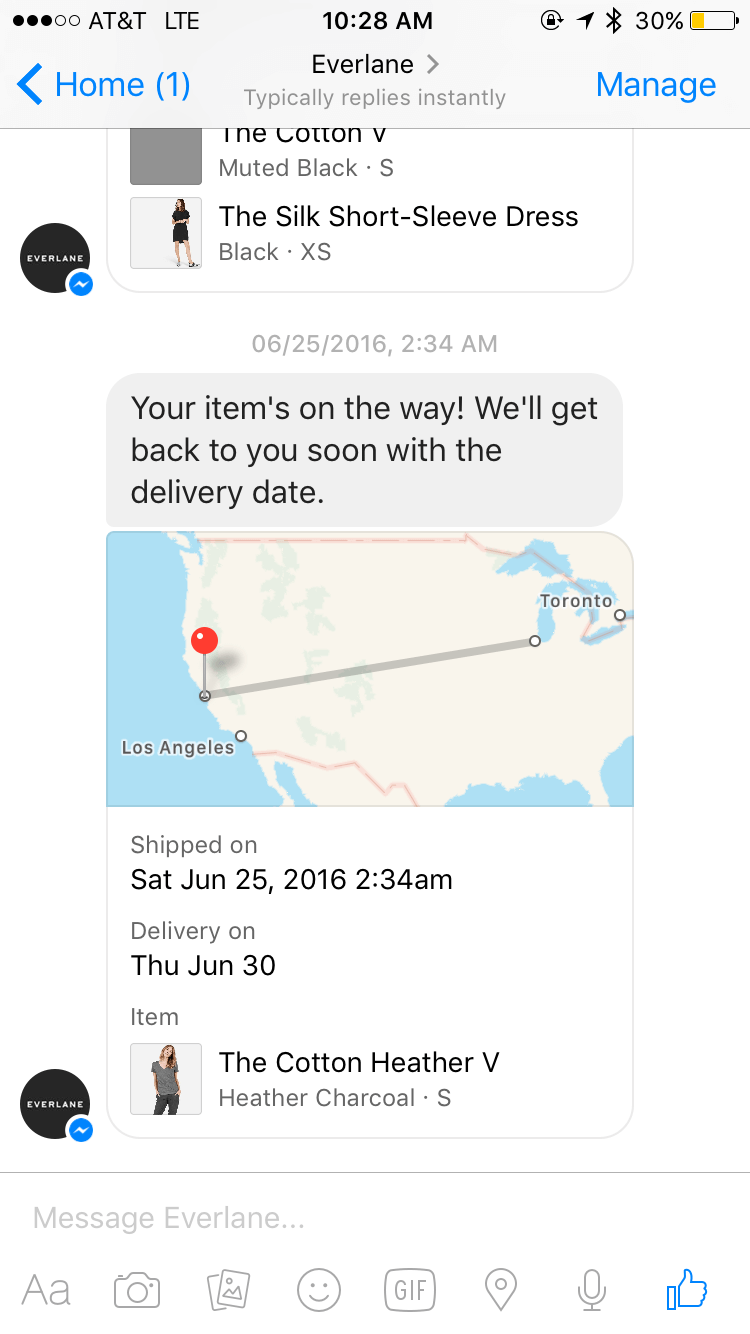
Reducing The Path To Purchase With IoT
Brands now have many sophisticated ways to collect consumer data using the Internet of Things (IoT). Voice assistants such as Alexa, Siri, Google Assistant, Microsoft’s Cortana and Line’s Clova allow brands to listen — literally — to their customers. More than 8 million owners of Amazon Echo’s Alexa can easily order via a voice command from Amazon’s growing network of partners, which now include Domino’s, Uber and Jamie Oliver.
Wearables, connected objects and smart packaging shorten a shopper’s path to purchase. For example, Amazon’s Dash buttons connect to people’s home Wi-Fi and Amazon accounts. Whenever an Amazon Prime member runs out of a detergent, batteries or another household staple, a simple press of a Dash button will automatically place an order, and the product will be delivered in two days or faster.
For marketers, this opportunity to be very close to consumers in their homes means they need to handle customer data extra cautiously. Purchase trends data are useful for retention marketing and lookalike targeting, but home devices are considered private space. To avoid being perceived as creepy, marketers shouldn’t make any personalized product recommendations related to sensitive topics such as health.

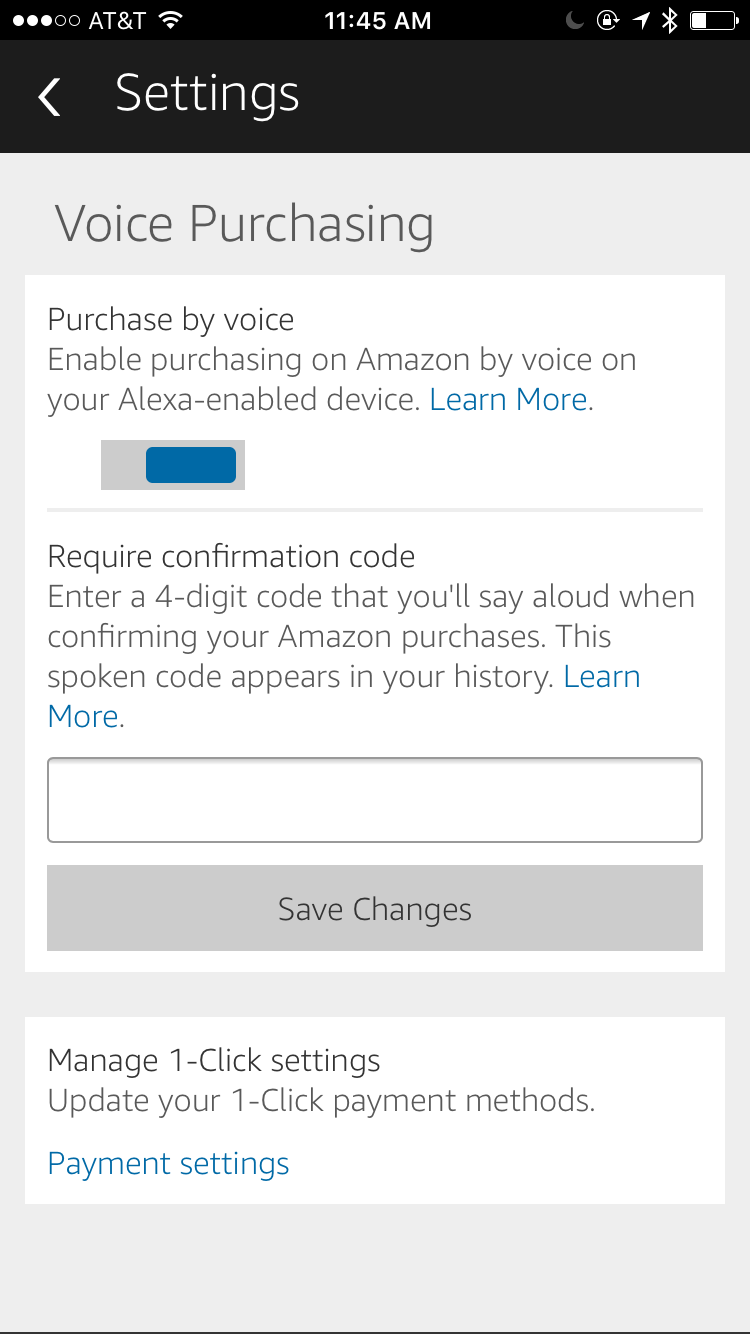
Native Ads: Video Captures More Eyeballs, But Mobile Search Captures More Pockets
Snap recently went public at $24 per share, capturing a growing slice of B2C marketing budgets with a promise to reach millennials, today’s most coveted demographic, through native video content. Native ads are expected to take up to 53% of all display spending this year, largely on mobile.
Branded (i.e. promoted) stories on Facebook, Snapchat filters and sponsored articles on Buzzfeed are all examples of native ads. They look like the publisher’s organic content, which is great for engagement rates because people tend to pay more attention to such ads. At the same time, some studies show that users feel cheated when they click on an “advertorial” that wasn’t clearly labeled as such.
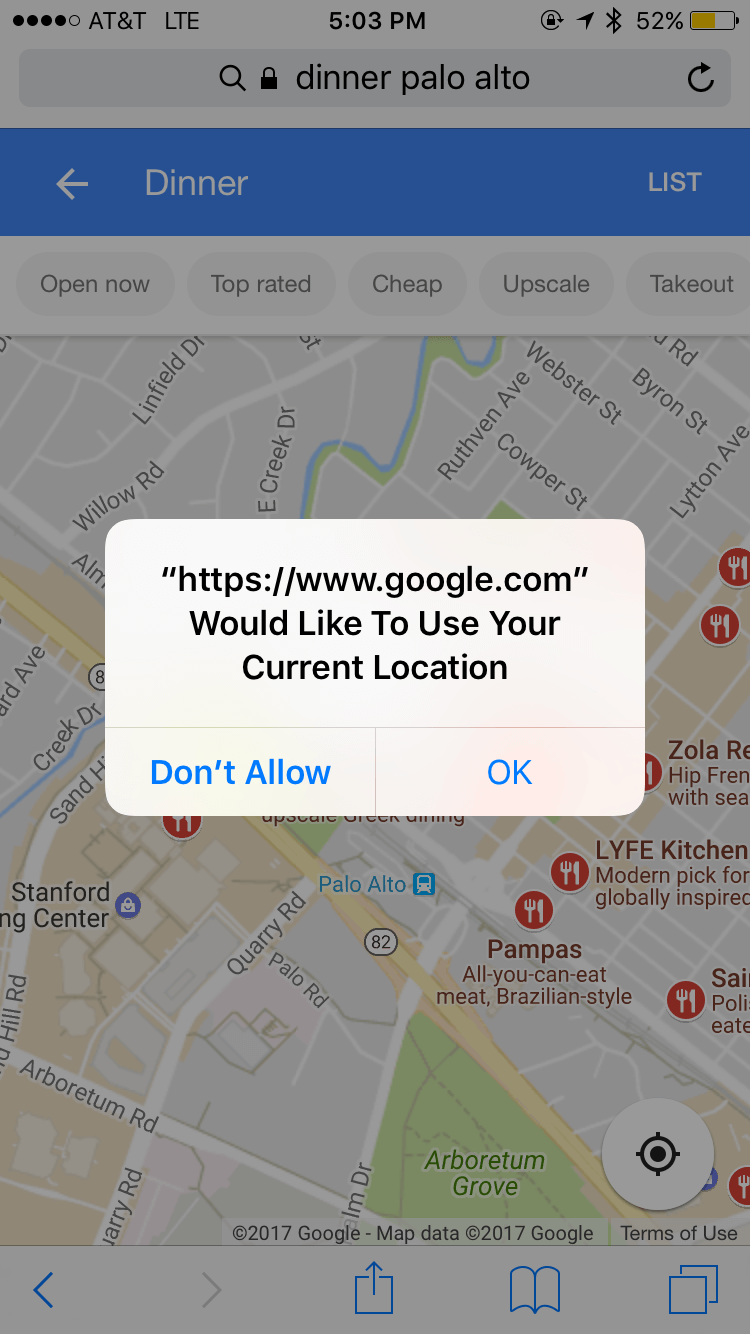
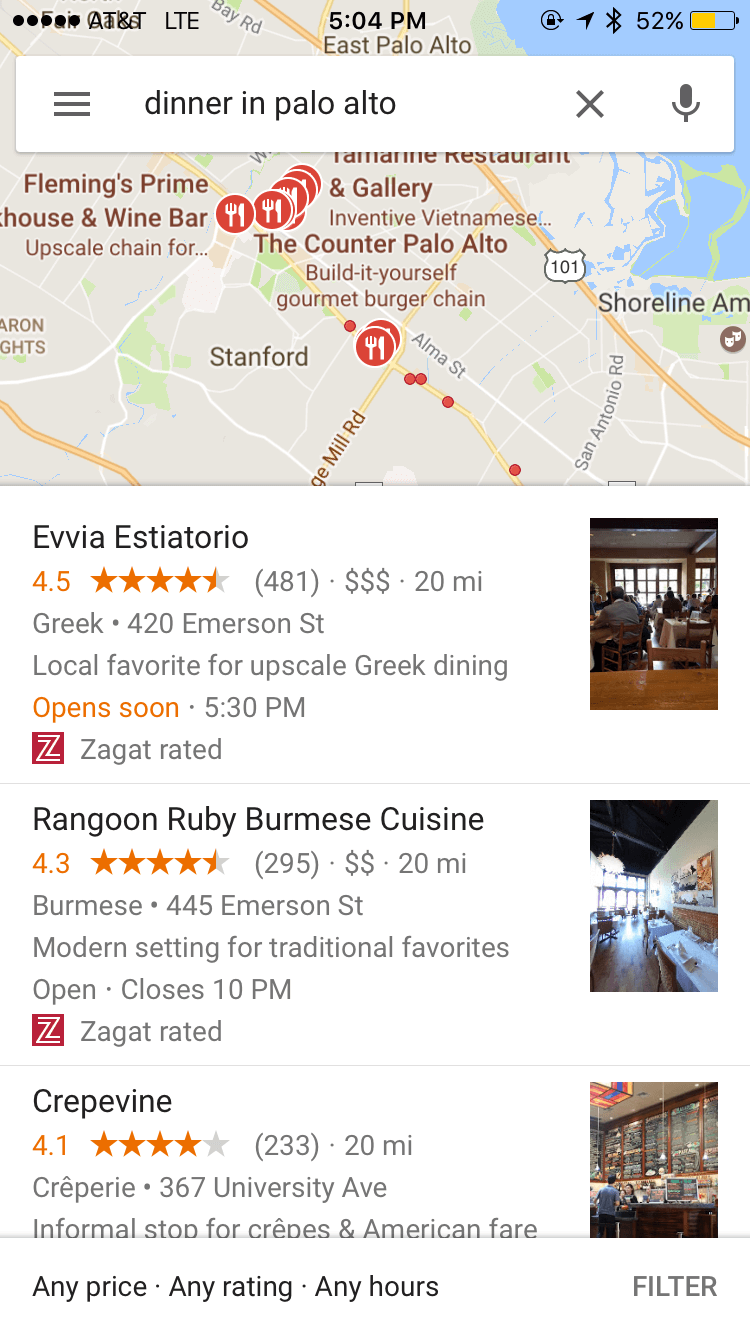
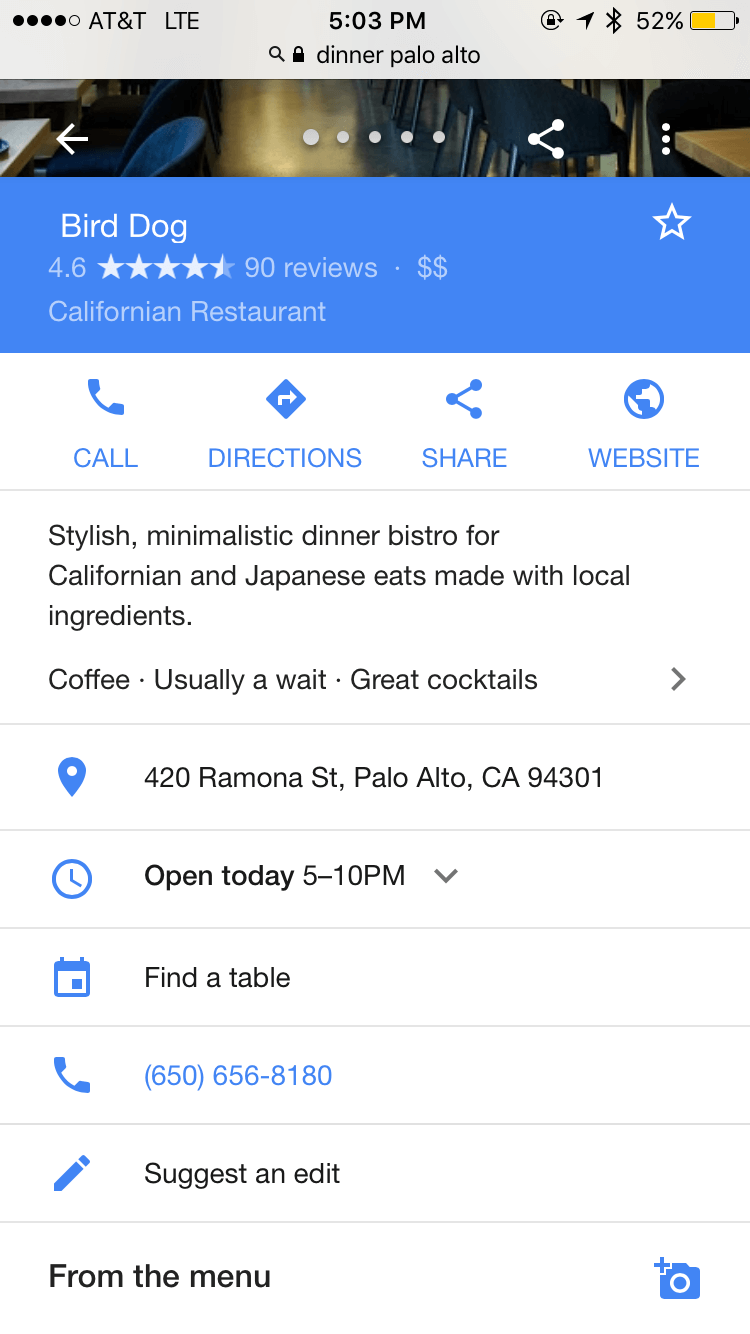
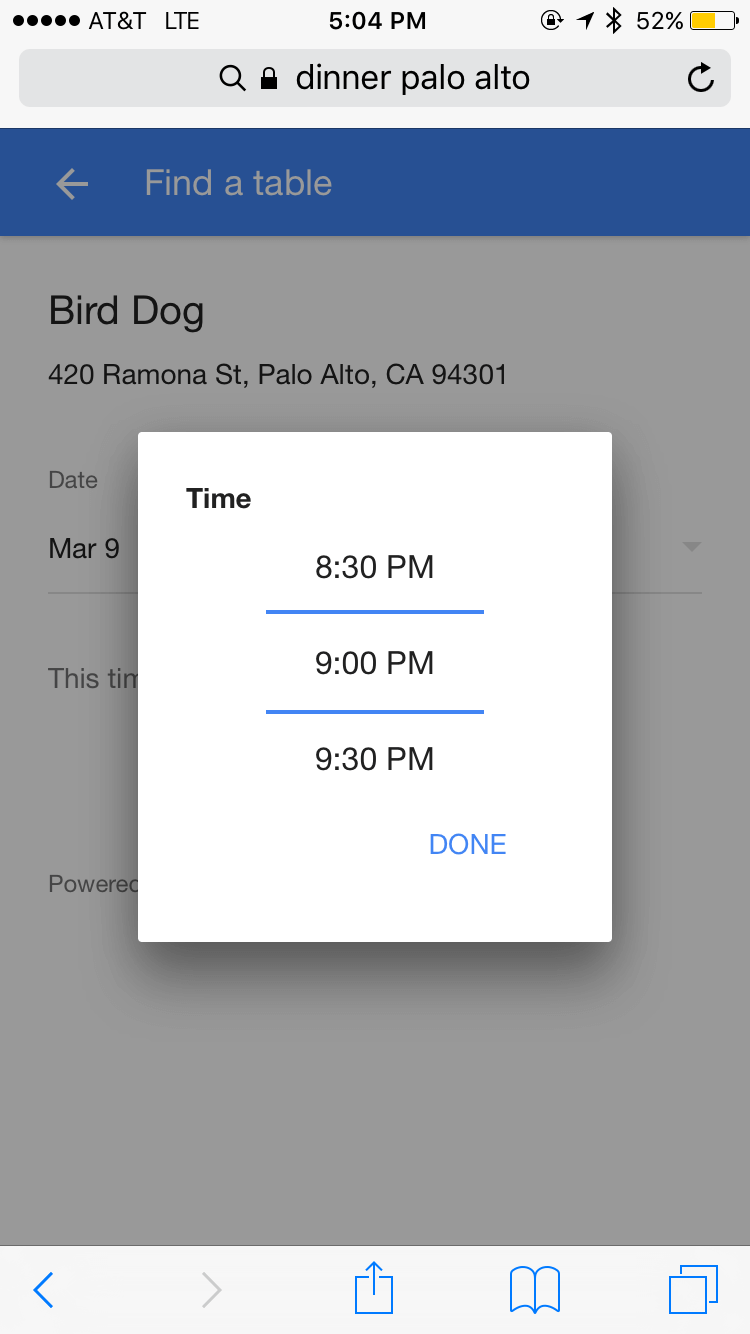
Search ads, the most popular native ad type (and by far the most accessible one), are morphing into new formats, as Internet giants such as Google, Apple and Tencent are adding new app integrations into their mobile ecosystems. For example, people can get a Lyft or book a table via OpenTable all within the Maps app. Search partnerships create a win-win situation for vendors, who get an easy entry to the market, and for publishers, who are building mobile ecosystems: WeChat’s average revenue per user is estimated at over $7, with over 8,000 brands currently using the platform. What a lucrative way to retain users and keep them engaged within one app!
Summary
As digital and offline experiences got more intertwined, new interactive advertising formats emerged, with a promise to capture the most scarce and valuable marketing asset of all — people’s attention. Still, marketing to millennial shoppers remains a challenge. It’s now a job for engineers, data scientists and designers, maybe more so than marketers. It will require scaling one-one-one brand communications with technology, while reducing consumer friction with thoughtful design — even to the point of making a purchase so easy that it is literally just the touch of a button.
Further Reading
- Current Trends And Future Prospects Of The Mobile App Market
- Reducing Abandoned Shopping Carts In E-Commerce
- A Little Journey Through (Small And Big) E-Commerce Websites
- Fundamental Guidelines Of E-Commerce Checkout Design








